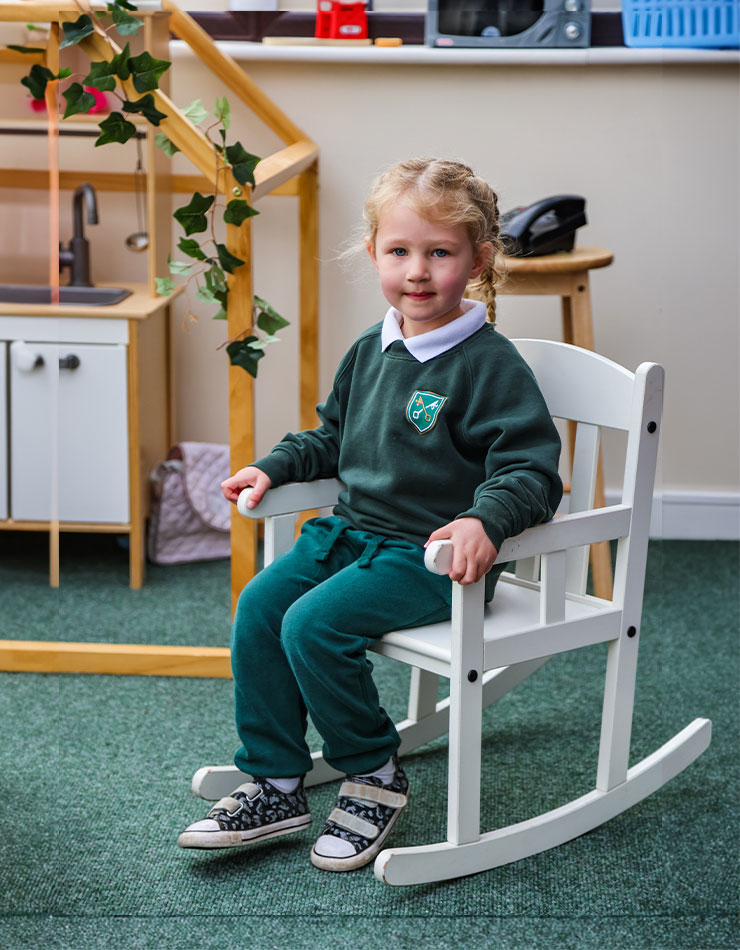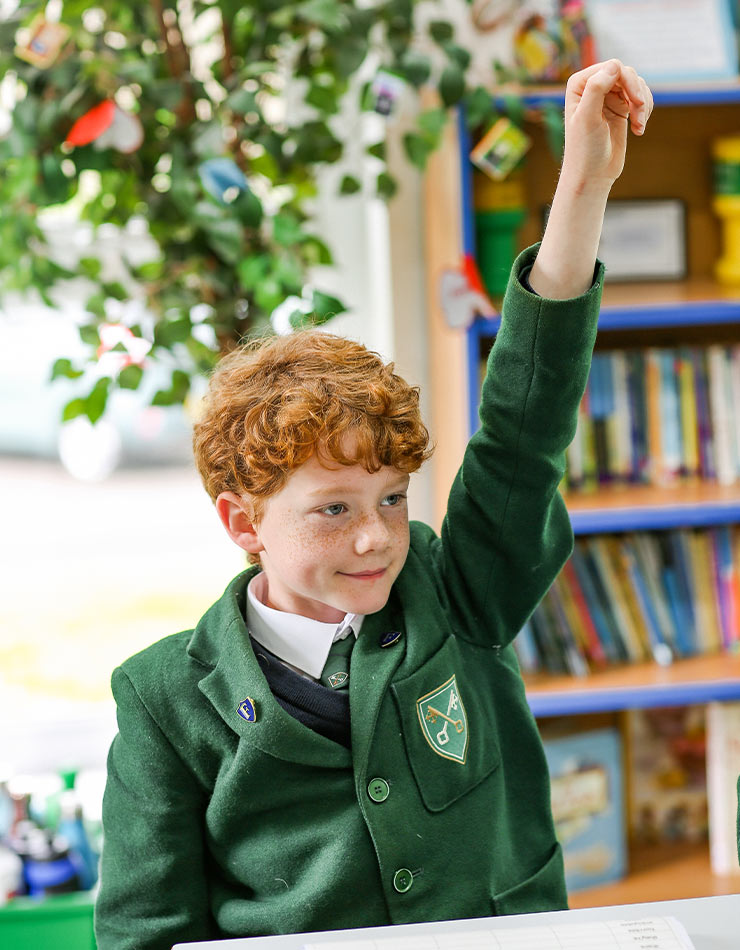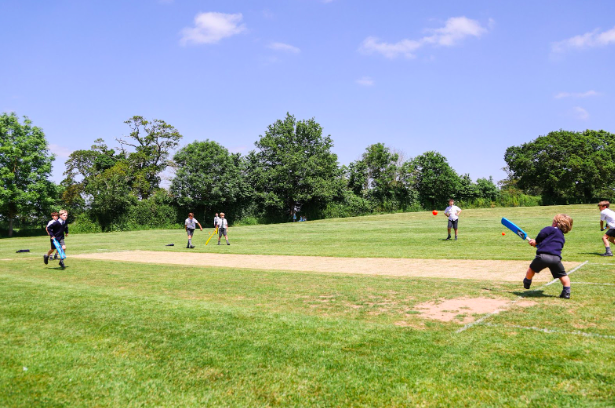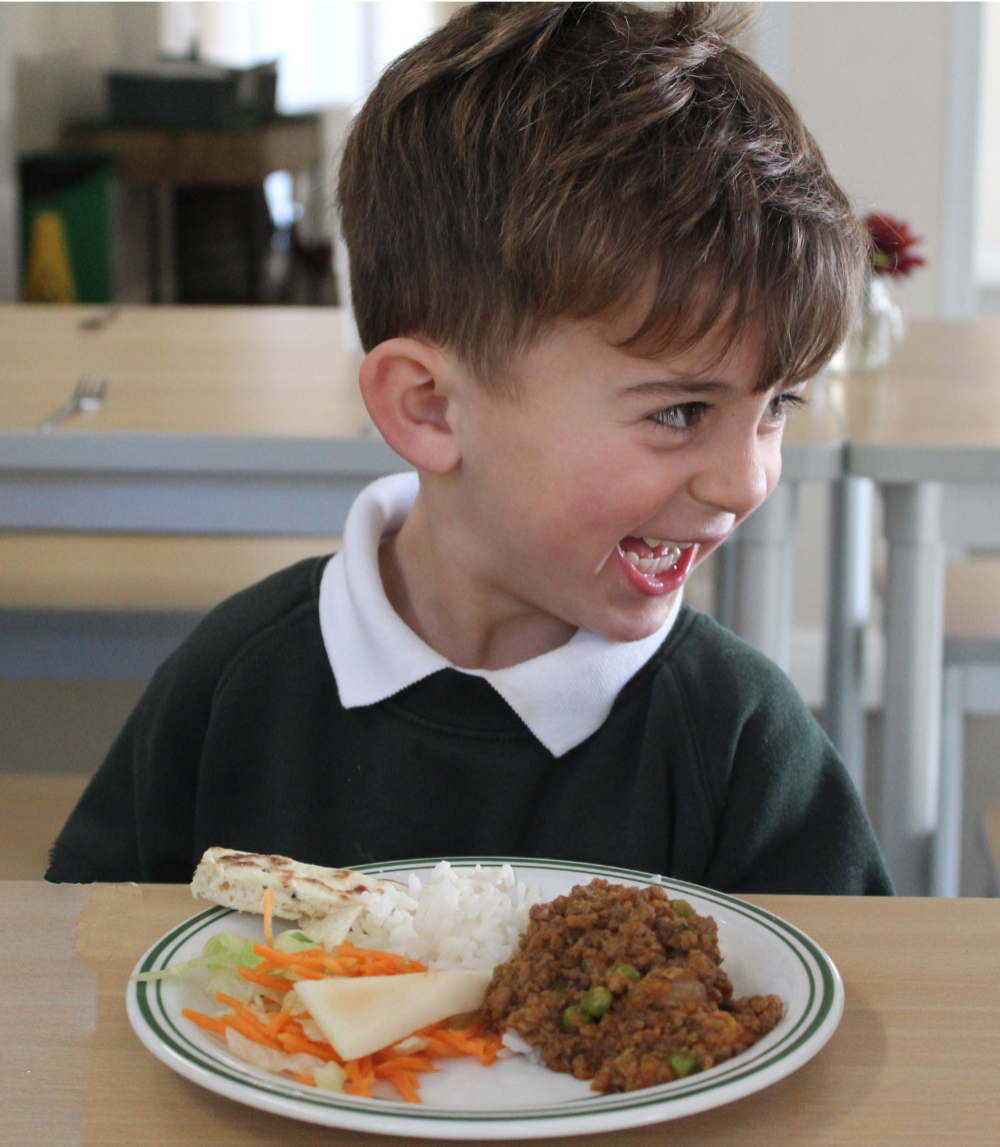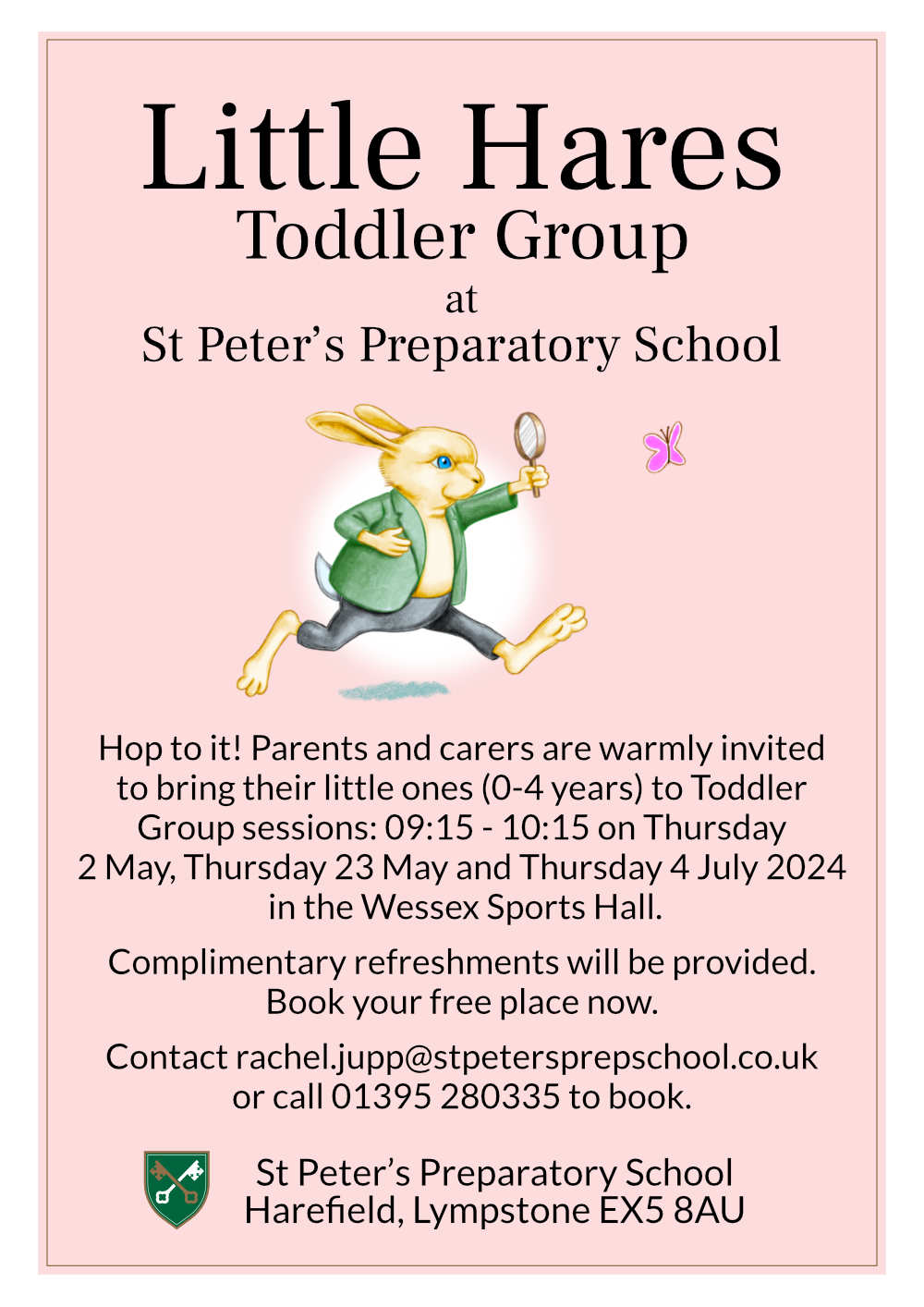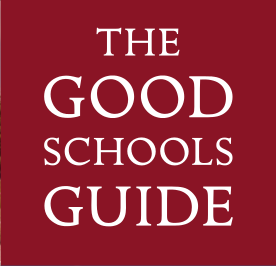Neil D. Fleming defined three styles of learning in his VAK model, and here at St Peter’s we are creating a guide for each so that parents will know more about the best ways of supporting their child’s education. The first edition of this series will look at visual learners, the most common type, who need to be able to see new information in order to learn it effectively. Visual learners have a predisposition towards images, colours, pictures, graphs and maps – anything that can present information in an aesthetic way. Some will have photographic memories and can not only visualise information once they have seen it but recreate it. We have explored a number of study tips and identifiable characteristics so that you can recognise what kind of learner your child is and utilise the most effective ways of studying for homework or revision.

Characteristics of Visual Learners
Visual learners love books, magazines and anything else that includes a combination of image and text. They enjoy taking notes and flourish in situations where observation skills are put to the test. On the other hand, they can have trouble concentrating on auditory-based lectures and teaching for long periods of time and will often need verbal instructions repeated for the details of the task to be truly understood.
How This Type of Learning is Accommodated in the Classroom
Research suggests nearly 65% of the population are visual learners, so classrooms are traditionally geared towards this style with PowerPoints, whiteboards, posters, images and visual props included in most learning environments. When it comes to something they can’t visualise, such as reading aloud, it helps when the language includes imagery. Classrooms typically provide a number of materials including coloured pens and pencils, large pieces of paper and brightly-coloured card so that children can design their work in a way that works for them.
Study Tips
If you recognise the characteristics above in your own child, or even think only some of them are relevant, he or she may benefit from some study tips that allow visual learners to flourish in an educational environment.
Watch Videos and Documentaries
Whilst watching TV is widely criticised as a learning tool, there’s no denying that, for visual learners, it can be one of the best ways to help them retain information. While it should be utilised as more of a support to the original information and not relied upon entirely, the nature of television programmes and documentaries create the ideal environment for visual learners. Make the most of modern tools such as YouTube and encourage educational-based videos and channels that provide more information about the topics they are studying.
Create Mind Maps
A mind map is a visual version of a brain storm and allows you to arrange your ideas surrounding a certain topic in a clear and coherent way. It begins with a central idea, so a pupil revising history might write ‘World War II’. From this main category, a range of sub categories that are related to the Second World War can be created, such as the various events that happened or themes related to study. Further expand on each of those with yet another branch, and keep going until all of the ideas, and their extensions, are down on paper.
Colour Code Revision Notes
Highlighters are a friend to visual learners and the power of shade-related association should not be underestimated. Assign specific colours to themes within notes to increase the chance of remembering all that belongs to each section. If it helps, try to make a logical connection between the colour and whatever is trying to be remembered; for example, someone revising biology could use the colour red for the different types of blood cells.
Be as Organised as Possible
Those who take a visual approach to learning usually prefer their revision notes to be neat and organised. Make the most of folders, binders and refillable notepads and use dividers as and when required. Ensuring that all the information is laid out coherently is particularly important for anyone who needs to learn a large amount of information for a test or exam.
Opt for Graphics
Any textbook or hand out that includes information in both text and graph form means visual learners are likely to understand and retain what is portrayed more than anything else. For example, it is a lot easier for most people to learn elements in chemistry through the periodic table as opposed to using a list. People say ‘a picture is worth a thousand words’ and that has never been truer than for visual learners, so even the creatively-challenged should accompany large chunks of information with hand-drawn images.
That concludes our guide to the visual style of learning. We hope you have enjoyed reading about what it is to be a visual learner and how to make the most of this trait, both in the classroom of our private school in Devon and at home. If you feel like your child has a different learning style, keep an eye on our blog and social channels over the next few weeks where other styles of auditory and kinaesthetic learning will also be explored.

